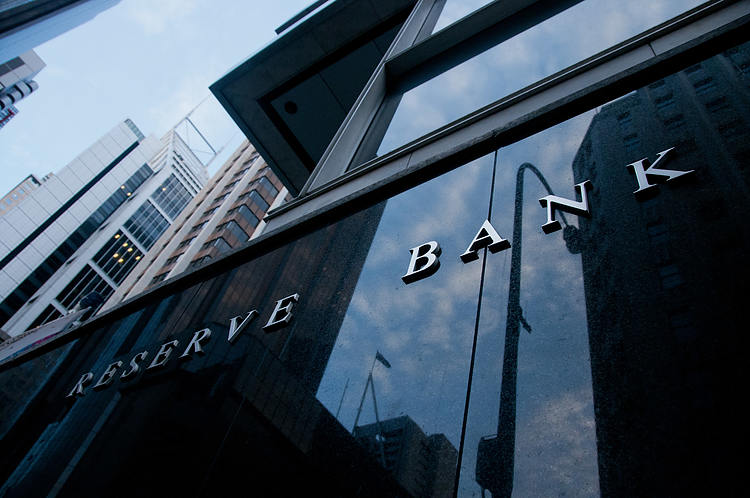The Reserve Bank of Australia (RBA) will announce its next Interest Rate Decision on Tuesday, November 7 at 03:30 GMT and as we get closer to the release time, here are the forecasts by the economists and researchers of 10 major banks regarding the upcoming central bank’s decision.
The RBA is expected to hike rates by 25 basis points to 4.35% after the latest higher-than-expected inflation figures in Australia.
Standard Chartered
We expect the RBA to raise rates by 25 bps to 4.35%. We have been calling for a November hike for some time now and the latest higher-than-expected Q3 CPI numbers support our call. But in the event the RBA does not hike, we believe it is a matter of being delayed rather than derailed.
ANZ
We expect the RBA to increase the cash rate by 25 bps after hawkish rhetoric and an uncomfortable CPI outcome. Thereafter we still expect a hawkish hold, with risks skewed towards tightening in the near term. We don’t expect any easing until Q4 2024.
Deutsche Bank
We expect a 25 bps hike.
ING
Given the RBA’s latest indication of a low tolerance for inflation remaining above target together with still tight labour markets, it looks like the new Governor, Michele Bullock, has few credible options except to tighten rates again at the upcoming meeting. A 25 bps hike will take the cash rate to 4.35%.
Westpac
We anticipate that the RBA will raise the cash rate by 25 bps to 4.35%. The Q3 CPI report highlighted that the pace of disinflation was not as fast as the RBA was hoping for, and the risk of a longer return to target – relative to the RBA’s current forecasts – is therefore material. The resilience of the household sector, alongside lingering capacity constraints amid strong population growth, supports the decision to raise rates as well. However, the Board will also recognise that the labour market has turned and the risk of a price-wage spiral is receding. In essence, November’s rate hike decision will be finely balanced.
TDS
We expect a 25 bps hike following the outsized Q3 CPI print. The outcome was material in our view and threatens the RBA’s ability to bring inflation under 3% by Q4’25. A hike would be consistent with RBA comments of ‘…a low tolerance returning inflation to target more slowly than currently expected.’ That said, we do acknowledge the decision is a close call.
SocGen
We expect the RBA to increase the cash rate target by 25 bps to 4.35%, implying additional monetary tightening after the four-month ‘pause’ since the July meeting. The policy statement is likely to point out that inflation is returning to target more slowly than the RBA’s current forecast according to the recent data. We think this assessment would be sufficient to implement an additional rate hike in November. We believe there will be no further RBA rate hikes after the level of 4.35% is reached, although we do expect the policymakers to leave the door open to further tightening that should be data-dependent.
OCBC
We see good chance of RBA increasing cash rates by 25 bps, especially following higher CPI, PPI print, better than expected retail sales and following RBA Governor Bullock’s recent remarks. In particular, she said that RBA will not hesitate to hike if there is material upgrade to its inflation outlook.
Wells Fargo
At its last announcement, the RBA indicated ‘some further tightening of monetary policy may be required to ensure that inflation returns to target in a reasonable timeframe.’ Since then, Q3 CPI inflation slowed less than expected, September retail sales were solid, and RBA Governor Bullock offered hawkish comments hinting at further tightening. Against this backdrop, we believe the RBA will resume tightening by raising its Cash Rate 25 bps to 4.35% at its November monetary policy meeting.
Citi
Michele Bullock’s second Board meeting as Governor should conclude with a decision to increase the cash rate target by 25 bps to 4.35%. Inflation remains stickier than expected, risking inflation expectations remaining higher for longer. Stronger data on retail trade shows household activity acclimatizing to the current level of interest rates, supported by high excess savings, rising house prices, a close to record low unemployment rate and above average working age population growth.
